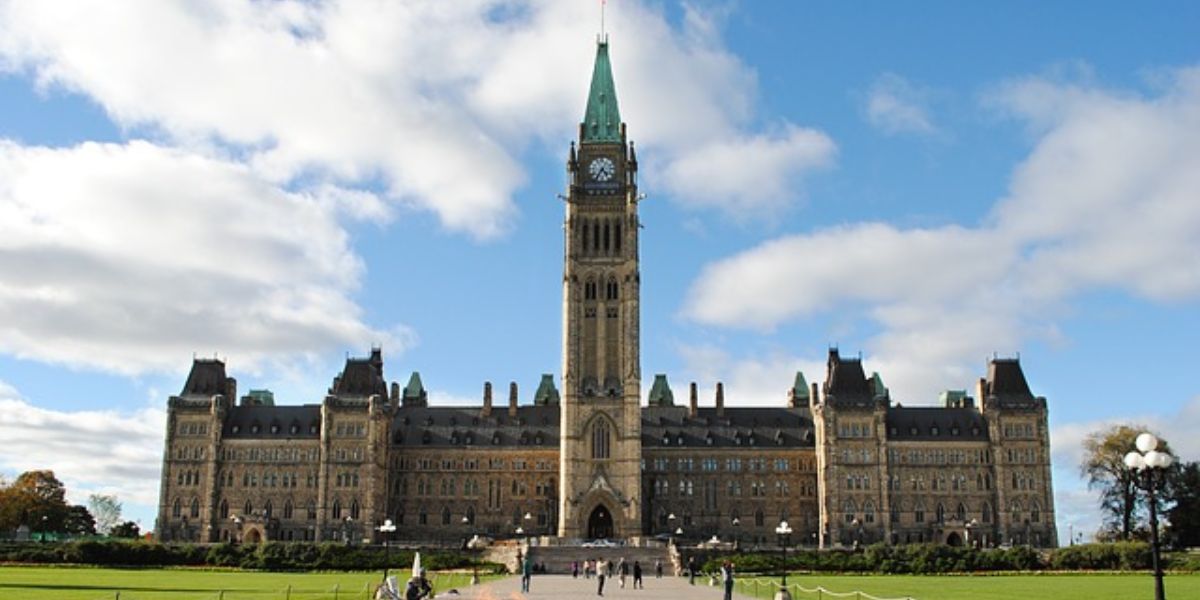Canada’s Minister of Finance and Intergovernmental Affairs, Dominic LeBlanc, has announced that the federal government is deferring—from 25 June 2024 to 1 January 2026—the date on which the capital gains inclusion rate would increase from one-half to two-thirds on capital gains realised annually above CAD 250,000 by individuals and on all capital gains realised by corporations and most types of trusts.
The capital gains inclusion rate represents the portion of capital gains that is taxable.
To ensure most middle-class Canadians do not pay more tax once the capital gains inclusion rate is increased, the government will maintain or enhance existing capital gains exemptions while creating a new investment incentive.
The capital gains exemptions being maintained and created would include:
- Maintaining the Principal Residence Exemption to ensure Canadians do not pay capital gains taxes when selling their home. Any amount they make when they sell their home will remain tax-free.
- A new CAD 250,000 Annual Threshold for Canadians, effective 1 January 2026, will ensure that individuals earning modest capital gains continue to benefit from the current one-half inclusion rate. Capital gains, including on the sale of a secondary property, such as a cottage, will be eligible for the CAD 250,000 annual threshold, meaning a couple selling a cottage with a CAD 500,000 capital gain would not pay more tax.
- Increasing the Lifetime Capital Gains Exemption to CAD 1.25 million, effective 25 June 2024, from the current amount of CAD 1,016,836 on the sale of small business shares and farming and fishing property. With this increase, Canadians with eligible capital gains below CAD 2.25 million would pay less tax and be better off, even after the inclusion rate increases on 1 January 2026.
- A new Canadian Entrepreneurs’ Incentive to encourage entrepreneurship by reducing the inclusion rate to one-third on a lifetime maximum of CAD 2 million in eligible capital gains. This incentive would take effect starting in the 2025 tax year, and the maximum would increase by CAD 400,000 each year, reaching CAD 2 million in 2029. Combined with the new CAD 1.25 million lifetime capital gains exemption, when this incentive is fully rolled out, entrepreneurs would pay less tax and be better off on capital gains of up to CAD 6.25 million.
The proposed implementation date for the increase in the Lifetime Capital Gains Exemption and the introduction of the Canadian Entrepreneurs’ Incentive would not change.
The government will introduce legislation effecting the increase in the capital gains inclusion rate, the increase in the Lifetime Capital Gains Exemption and the introduction of the Canadian Entrepreneurs’ Incentive in due course.















